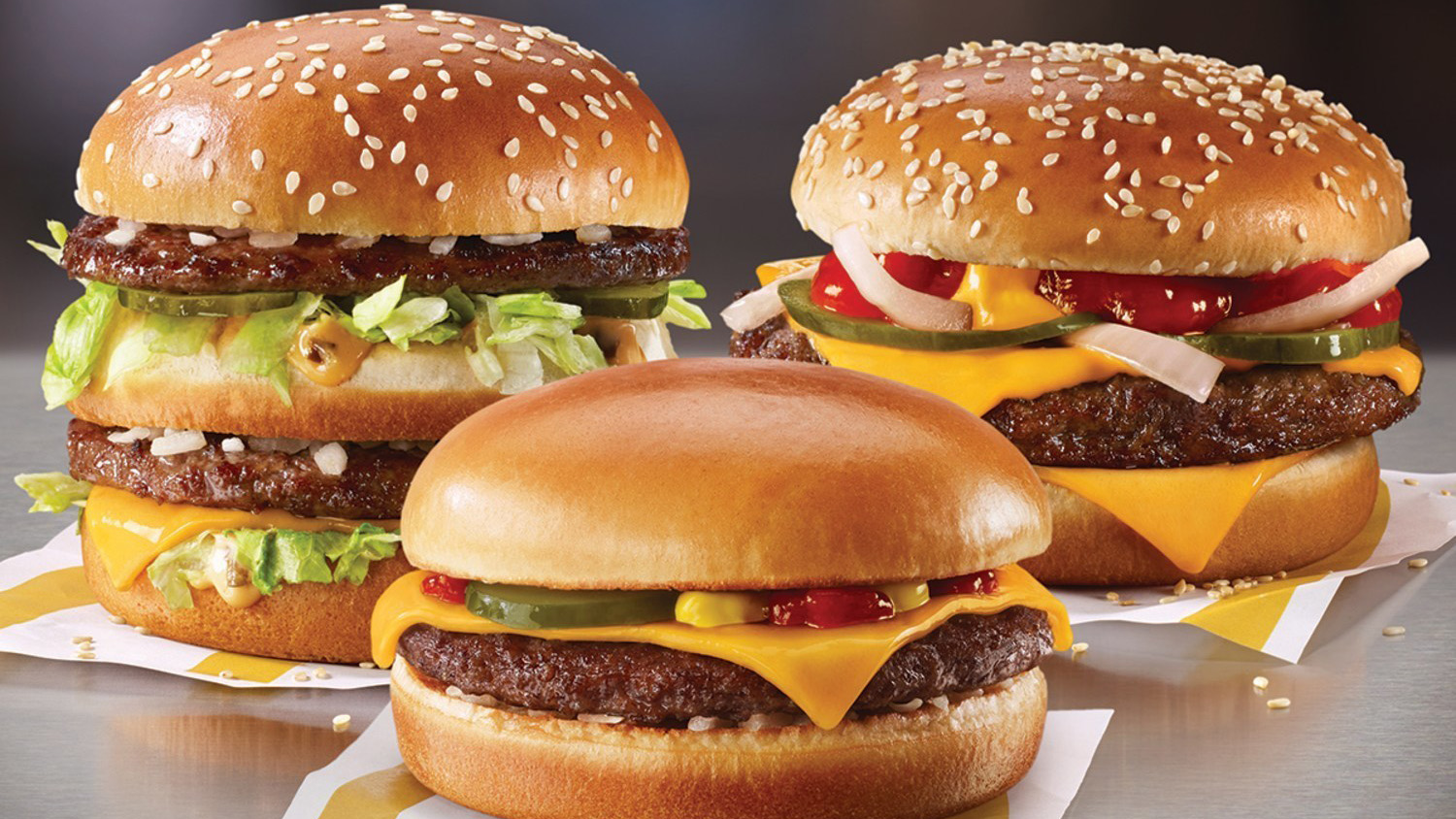McDonald's Canada Changing Its Prep To Make Burgers "Juicier"
McDonald's might still be way ahead of the pack when it comes to fast-food sales, but that doesn't mean the industry giant gets to rest on its laurels. Whether through eyeballing the competition or digging through its own international roster, McDonald's is pushing to keep its top spot, and the latest from the company suggests that improving what's already on the menu is just as important as any future arrivals.
In Canada, McDonald's will be testing out a new series of changes to the preparation process for its Big Mac, Quarter Pounder with Cheese and standard cheeseburger, in the interest of offering customers a fresher overall product. A press release outlines this new process, which will include the "100% Canadian beef patties" (none of that shoddy American stuff) being cooked in smaller batches, and with onions directly added onto them while cooking to "intensify flavour." Changes to topping storage, a warmer bun, and an increase in Big Mac sauce will also be implemented as part of the updated process.
Whether these changes will be made on an international scale remains to be seen, but Canadian appreciators of a good Big Mac stand to benefit in the coming weeks. In the meantime, it's heartening to see a chain try and improve on something that's already successful enough to warrant no further tinkering. Menu items and culinary trends come and go, but what people ultimately want is what they've always wanted from their fast food: a better burger.
